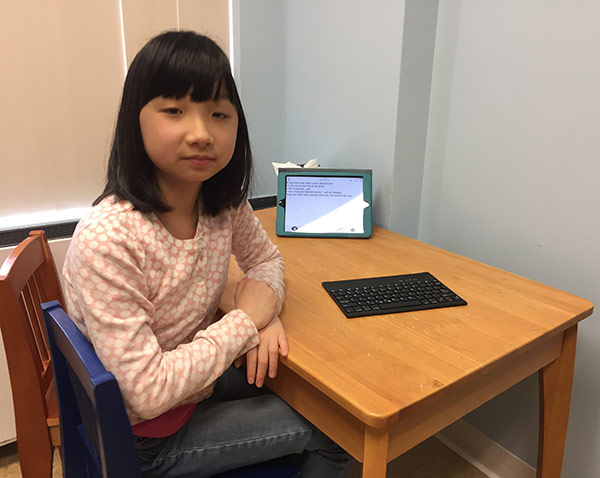Rachel Kremen
Journalist
Freelance
From this contributor
Funds add up for research plans that put focus on families
With billions of dollars in hand, a novel initiative is funding projects that involve people with disorders and their caregivers from the outset.

Funds add up for research plans that put focus on families
Companies see upside of hiring people with autism
As the prevalence of autism grows, several companies are launching employment programs for people on the spectrum.
Standard tests underestimate nonverbal children with autism
Tests that play to the strengths of nonverbal children with autism reveal the true intellect of those considered ‘low-functioning.’

Standard tests underestimate nonverbal children with autism
Explore more from The Transmitter
New connectomes fly beyond the brain
Researchers are mapping the neurons in Drosophila’s ventral nerve cord, where the central nervous system meets the rest of the body.

New connectomes fly beyond the brain
Researchers are mapping the neurons in Drosophila’s ventral nerve cord, where the central nervous system meets the rest of the body.
Building an autism research registry: Q&A with Tony Charman
A purpose-built database of participants who have shared genomic and behavioral data could give clinical trials a boost, Charman says.

Building an autism research registry: Q&A with Tony Charman
A purpose-built database of participants who have shared genomic and behavioral data could give clinical trials a boost, Charman says.
Cerebellar circuit may convert expected pain relief into real thing
The newly identified circuit taps into the brain’s opioid system to provide a top-down form of pain relief.

Cerebellar circuit may convert expected pain relief into real thing
The newly identified circuit taps into the brain’s opioid system to provide a top-down form of pain relief.
